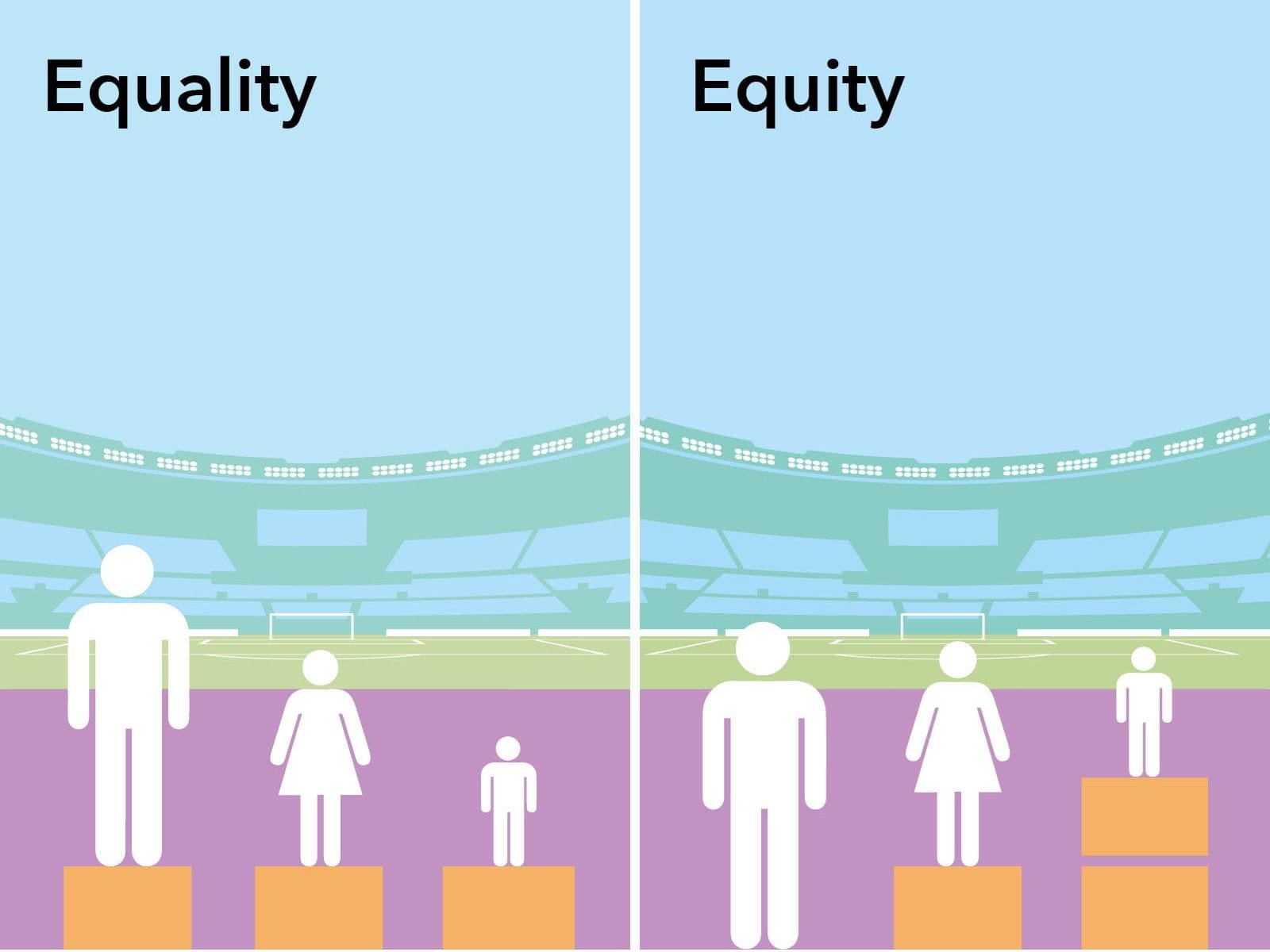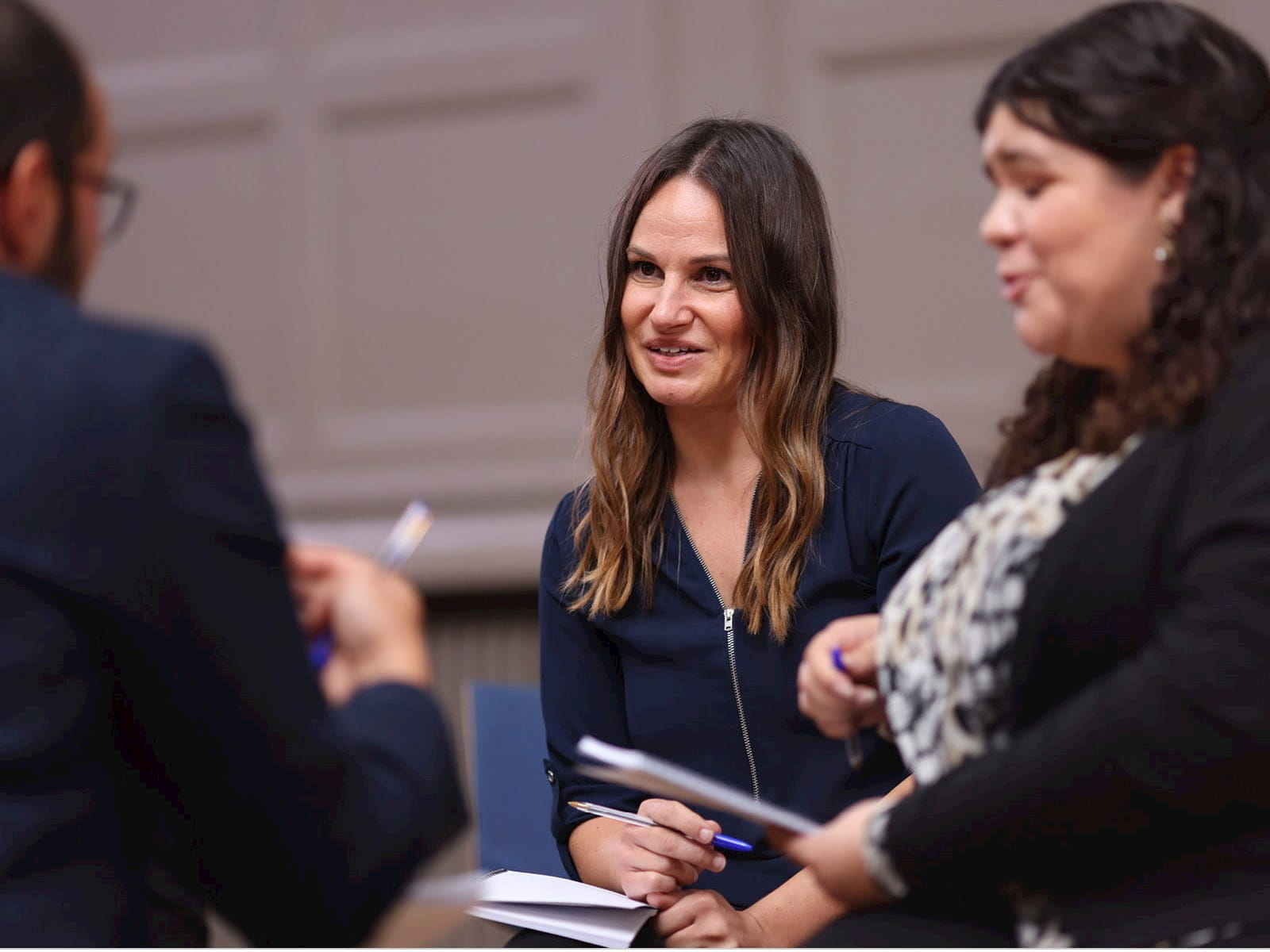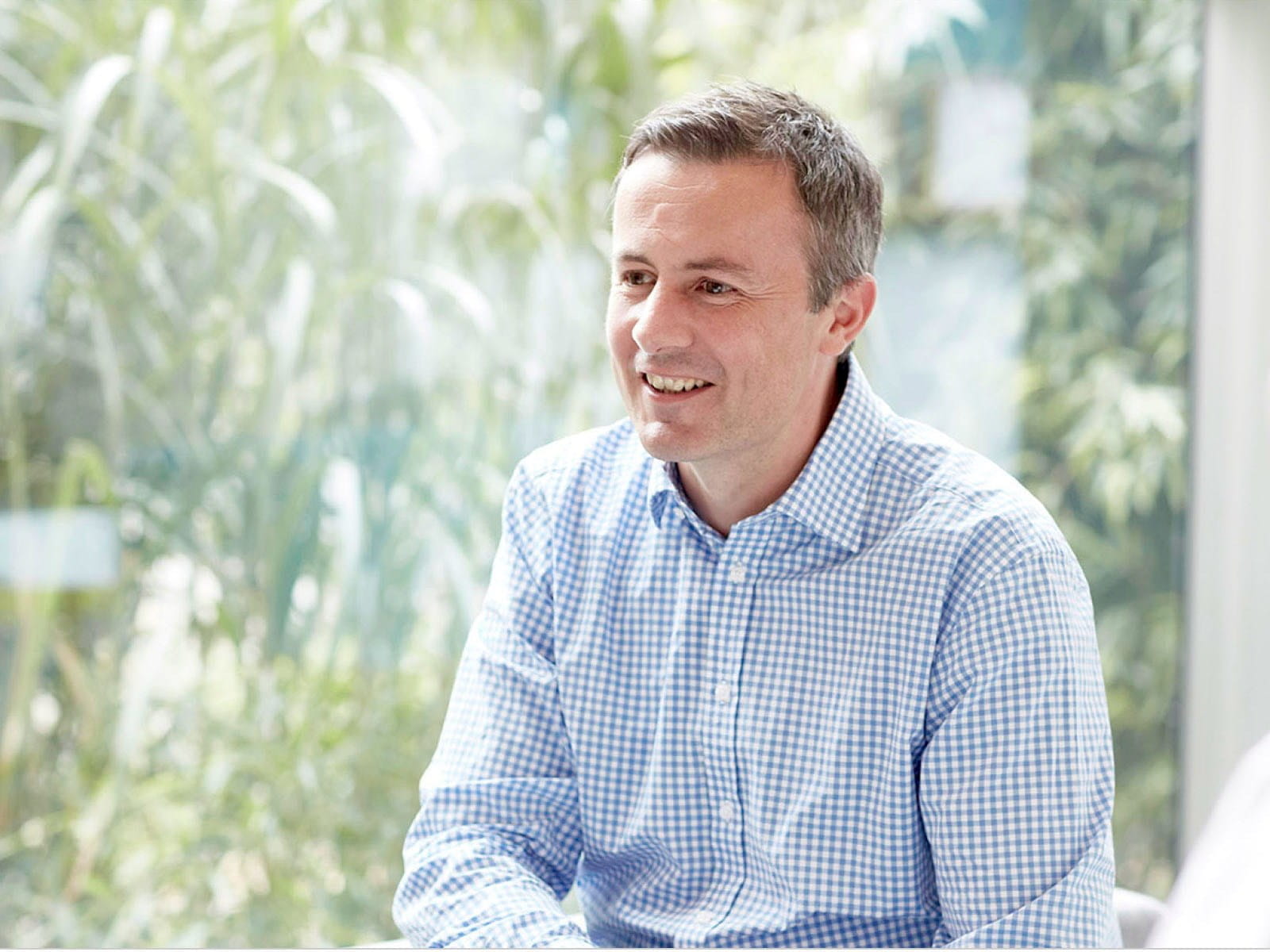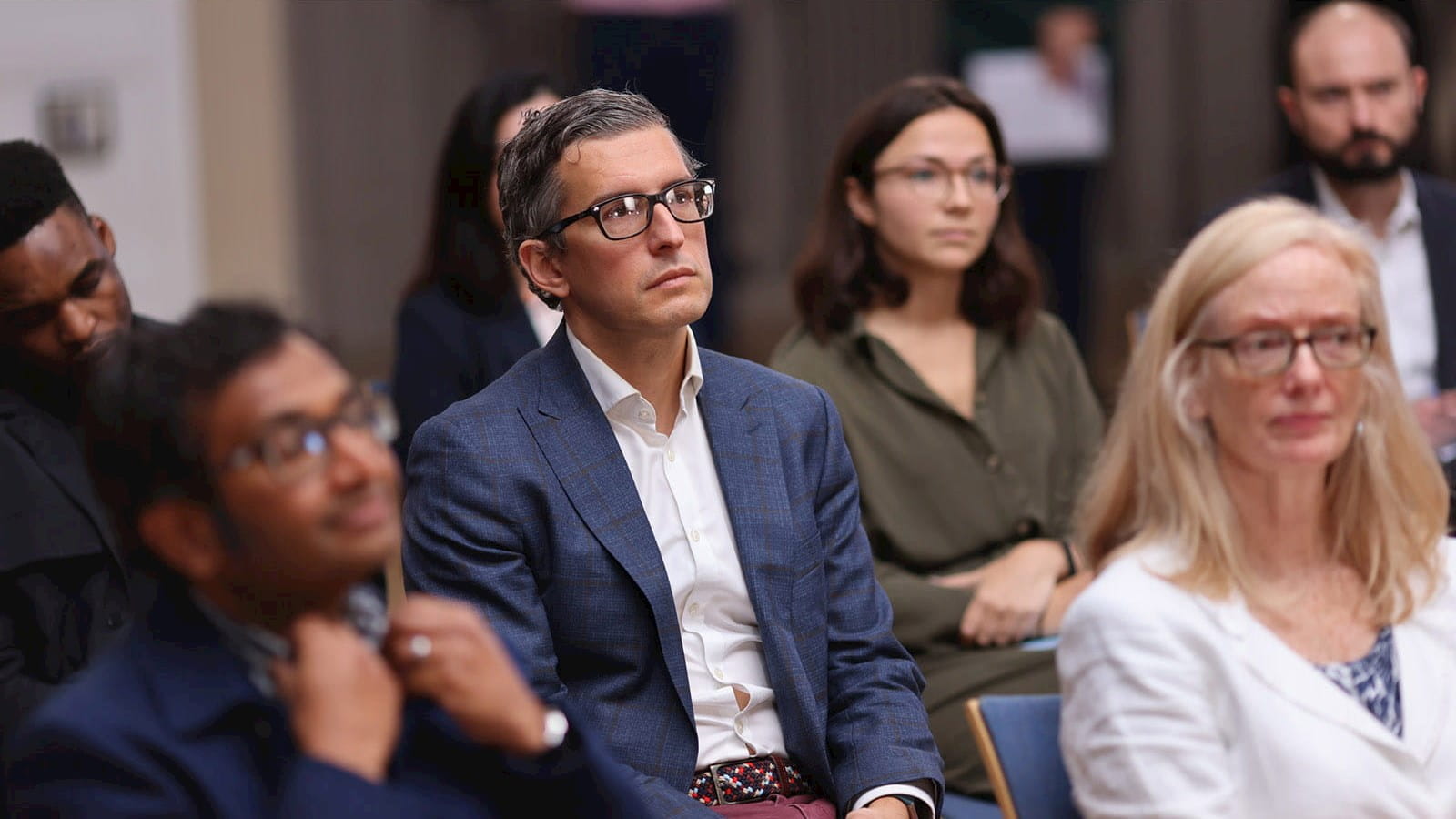Fairness underpins all D&I activity, but it is not simply about providing equal opportunity; senior leaders will benefit from understanding the distinction between equality and equity to create a fair workplace.
Promoting diversity and encouraging an inclusive culture, whether in society or a single workforce, is a complex and constantly evolving challenge. Senior leaders of any organisation who are ultimately responsible for their organisation’s diversity and inclusion (D&I) activity need a working knowledge of the main concepts and an understanding of how they relate to the decisions they take.
One important set of concepts to consider stems from the idea of ‘being fair’, which can cover a multitude of approaches, but the two most important are ‘equality’ and ‘equity’. As leading human rights academic Martha Minow explains in the American Journal of Law and Equality, equality is defined as giving everyone the same opportunity, but equity is defined as tailoring that opportunity based on people’s needs. She explains this with reference to a well-known graphic of three people trying to watch a sporting event. In the first, all three members of the group are given a single box to stand on to look over the fence, which is equal treatment but not equitable treatment. The image below shows how rearranging the boxes provides an equitable outcome.

As Minow points out, distinctions between the two terms are by no means cut-and-dried but, as more than 70 years of social justice efforts show, eliminating “discrimination does not undo patterns of disadvantage” – both structural and inherent inequalities as well as equality of opportunity need to be addressed to demonstrate equity. “Equity is linked to justice and proportional fairness,” says Claire McCartney, Senior Policy Adviser for Resourcing and Inclusion at the CIPD, the membership body for human resources professionals. “It is about providing various levels of support and assistance depending on specific needs or abilities to help achieve justice and fairness.”
Both concepts are reflected within law. For example, the Equality Act 2010 aims to ensure equality for everyone in the workplace by outlawing discrimination, harassment and victimisation on the grounds of age, disability, gender reassignment, marriage and civil partnership, pregnancy and maternity, race, religion or belief, sex, and sexual orientation (known as the ‘nine protected characteristics’). It also has exemptions when positive action is required – for example, enabling or encouraging people who share a protected characteristic to overcome any disadvantage associated with the characteristic.
Because it requires more thought and understanding, equity is harder to achieve than equality, according to Moira Hindson, Head of Forensic Accounting Services, Ethics Partner and Chair of the Equity, Diversity & Inclusion Committee at Moore Kingston Smith. “Imbalances will remain in organisations that only seek to treat everyone on a basis of equality rather than equity, because people have unique needs and face different challenges,” Hindson says.
McCartney adds that achieving equity and equality in the workplace “will also lead to a fairer environment where everyone has the same chance of getting on at work, regardless of their background or any other differences”. Both concepts are vital in policy and law; equality isn’t possible without addressing all inequalities in society that equity aims to achieve.
A sense of belonging
Senior leaders must recognise that these fairness-related concepts are intertwined with every area of activity in an organisation. “Every policy, process and practice must be reviewed through the lens of equity, diversity and inclusion to ensure it is as fair as possible to everyone that will be affected. Transparency is vital.”
A number of large accountancy firms aim to address fairness within their organisational culture and strategy. Moore Kingston Smith aims to create a culture based on openness and honesty in which everyone knows where they stand and what is required to reach the next level. “When people believe and trust they will be treated fairly, they feel confident that they have control over their own progression and a real stake in the future of the organisation,” Hindson adds.
KPMG puts inclusion, diversity and equity at the centre of its business strategy, with targets set for leaders against which they are regularly measured. “We see our work on inclusion, diversity and equity as a continuous programme. To ensure we can put the right resources in place, at the right time and for the right people, it’s vital we take an equitable approach from the outset,” says Senda Kavindele, Interim Head of Inclusion, Diversity and Equality at KPMG in the UK.
She emphasises the key role leaders play in bringing a D&I strategy to life: “They set the tone for the rest of the organisation, and ultimately how leaders’ position and communicate on D&I is reflected across the workforce.”
There are important steps senior leaders can take to embed fairness in their organisations to create an inclusive environment, where everyone feels they belong, regardless of their background or personal circumstances. It’s imperative that senior leaders work to root these concepts into their company’s strategy and operations.
How leaders can embed fairness in the organisation and external operations

- Make clear what action employees can take and who they can contact if they have an issue they want to raise.
- Collect data on your organisation’s demographics and any relevant external data (from clients, for example) at all levels to identify where there is any unequal representation, or problematic areas for exploration. The baseline data will help you benchmark and set targets aligned to your goals that you can work towards.
- Move away from outdated or hierarchical behaviours – such as hiring or promoting people solely based on their education or tenure – and ensure promotion and salary processes are transparent.
- Introduce a ‘blind applications’ recruitment tool, which anonymises applicant data, to avoid unconscious or overt bias.
- Examine flexible working policies and job design as part of attracting and retaining a wide pool of talented people who may face barriers, such as parents working part-time.
- Make equity, equality, diversity and inclusion a fundamental part of all major organisational processes – this could include anything from your procurement processes to employee recruitment, to working with customer focus groups.
- Embed equity, diversity and inclusion into everyday language, encouraging courtesy, mutual respect, compassion and understanding, while still allowing performance to be objectively assessed and rewarded appropriately.
Case study: Fairness at E.ON UK

The energy firm has a number of programmes in place to create a culture of fairness. It signed the Race at Work Charter in 2021 and continues to develop staff networks, including those supporting racial inclusion, gender equality, parents, LGBT+ inclusion, menopause and mental health support. Currently, these staff networks have more than 1,700 members of the workforce.
“We now advertise all roles as flexible, including full-time, part-time and job shares, and our flexible working policy means there is no minimum length of service; flexible working can be requested from day one of employment,” says Chris Norbury, Chief People Officer. “This was launched in direct response to feedback from colleagues and demonstrates the importance of continuously finding ways to ensure employees feel they are listened to and supported.”
Fairness is now a key focus of HR strategy. For example, E.ON has recently moved away from traditional ‘tiered talent pools’ (categorised databases of screened potential job candidates), instead adopting ‘talent networks’ that are open to everyone and designed to help develop the future skills the organisation needs. “We need to ensure we can meet the needs of our customers and the future energy industry, which requires more green and technical skills, areas which are traditionally male dominated, so it was important for us to look at the ways we could do this,” Norbury says.
E.ON is also working to introduce a ‘digital opportunity marketplace’ later this year across the global organisation, where people can share their skills and experience to be matched with appropriate projects, opportunities and roles. “Ultimately, this is about understanding different colleagues’ needs, providing some consistency and fairness through a principle-based approach,” Norbury adds.
A good starting point for embedding fairness into an organisation is for senior leaders to set out their intent as part of their overall business strategy, and HR strategy. This gives everyone a clear understanding of expectations. And it’s important to remember the moral imperative for creating a fair workplace, Norbury concludes. “Our starting point with D&I has always been that it is part of our values and who we are as an organisation – simply it’s the right thing to do. This is part of my personal values and is also shared by my board colleagues and wider leadership team.”
*ICAEW members are also held to account for their own fair conduct as part of Ethical Standard 115 of the ICAEW’s Code of Ethics, which highlights that a professional accountant should comply with professional behaviour and avoid any conduct that the accountant knows or should know might discredit the profession. “Where people fall short on fairness and we seek to hold them to account, the ethical standards are the lever by which we take action,” says Peter James, ICAEW’s Head of Regulatory Policy.

